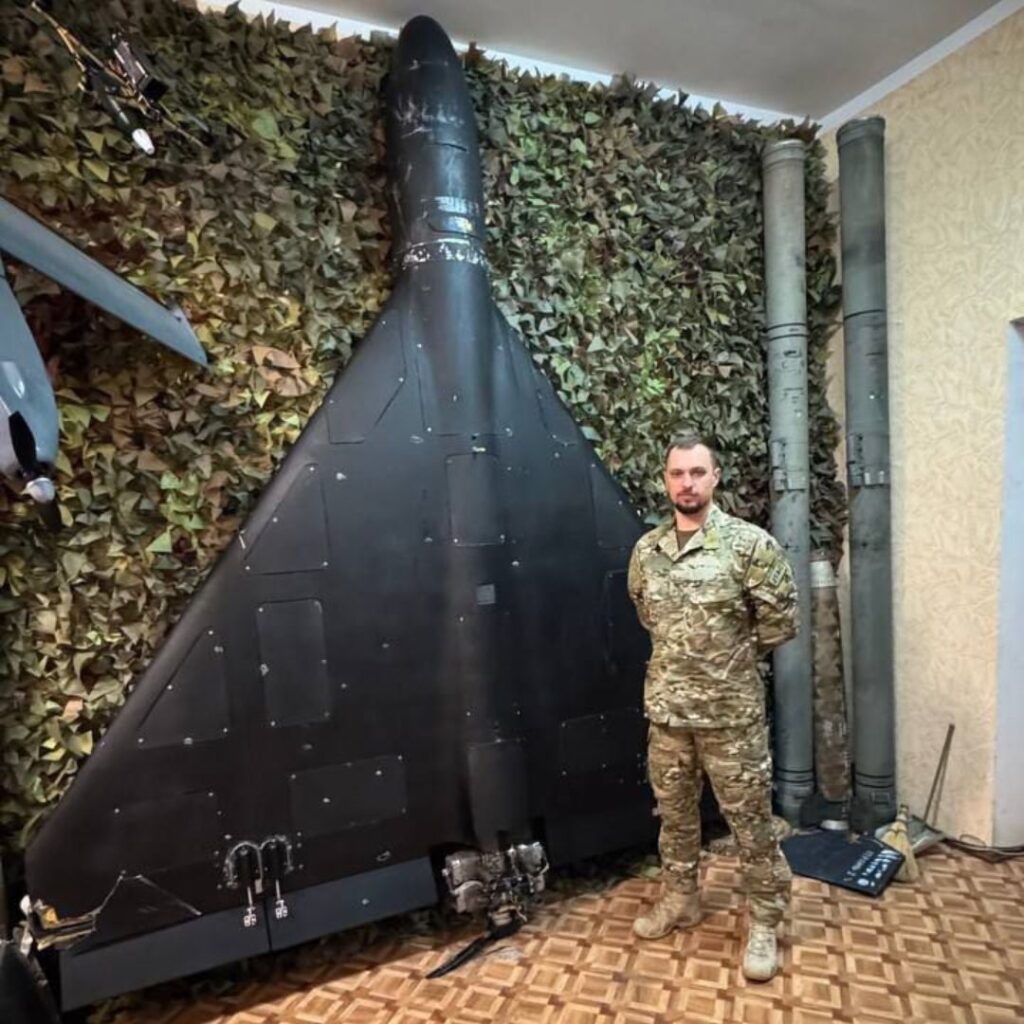FT: Russia triples drone strike success—Ukraine’s air defenses didn’t get worse, Moscow’s tactics did

Russia’s drone strike tactics now pierce Ukrainian defenses at triple the previous rate, FT reports. With new swarming methods and high-altitude maneuvers, Russia’s Shahed drones are overwhelming Ukraine’s air defenses across key cities.
Drone swarms adapt to bypass Ukraine’s defenses
According to official Ukrainian air force data cited by FT on 21 July, the proportion of Shahed drones hitting targets rose from 5% to 15% between January–March and April–June. This sharp rise reflects a shift in Russia’s drone strike tactics—not a decline in Ukraine’s capabilities.
Moscow has retooled its drone operations, modifying Iranian-designed Shaheds—now manufactured in Russia under the Geran designation—to fly faster and at higher altitudes. These adaptations make them harder to intercept by truck-mounted machine guns and standard mobile fire units typically used by Ukrainian forces.
Yasir Atalan of the Center for Strategic and International Studies told FT the improvement “is not [because] the Ukraine air defence is getting worse,” but due to Russia’s new swarming methods and drones flying “in higher altitude, [which] makes them more effective.”
Record-breaking drone and missile assaults
Ukraine’s Air Force reported yesterday that Russia launched 426 Shahed-type attack drones in a single wave. On 9 July, Russian forces fired a record 728 units—combining drones, decoys, and cruise and ballistic missiles—in a coordinated saturation strike.
FT notes that by overwhelming the defense layers with sheer volume, Russia raises the strike success rate. According to Atalan, the increased scale of launches “saturates the defense systems which increases the hit rate.”
Domestic production fuels Russia’s drone blitz
Russia’s ability to domestically produce Shaheds in large numbers has given it a logistical edge. The Geran-3 variant—equipped with a turbo engine and capable of diving at speeds up to 800km/h—has reportedly been used against Kyiv in recent weeks, FT reports.
Ukraine’s defenses include jamming drone GPS guidance systems using electronic warfare, as well as employing machine guns and advanced anti-aircraft systems like Germany’s Oerlikon Skynex. Despite this, the average hit rate for drones remains around 15%, FT says.
Ukraine ramps up interceptor drone efforts
In response, Ukraine has increased efforts to counter the Shahed threat with domestically developed interceptor drones. On 10 July, President Volodymyr Zelenskyy said Ukrainian forces were already “shooting down dozens of Shaheds” in each wave using these homegrown interceptors.
Earlier this month, Zelenskyy announced a partnership with Eric Schmidt, CEO of the US-based Swift Beat, to co-produce “hundreds of thousands” of drones for Ukraine’s defense, including those designed to intercept enemy drones.
Last week, Zelenskyy emphasized the success of these new systems, noting they “are achieving good results” and that “hundreds of Russian-Iranian Shaheds” had been destroyed in a single week.